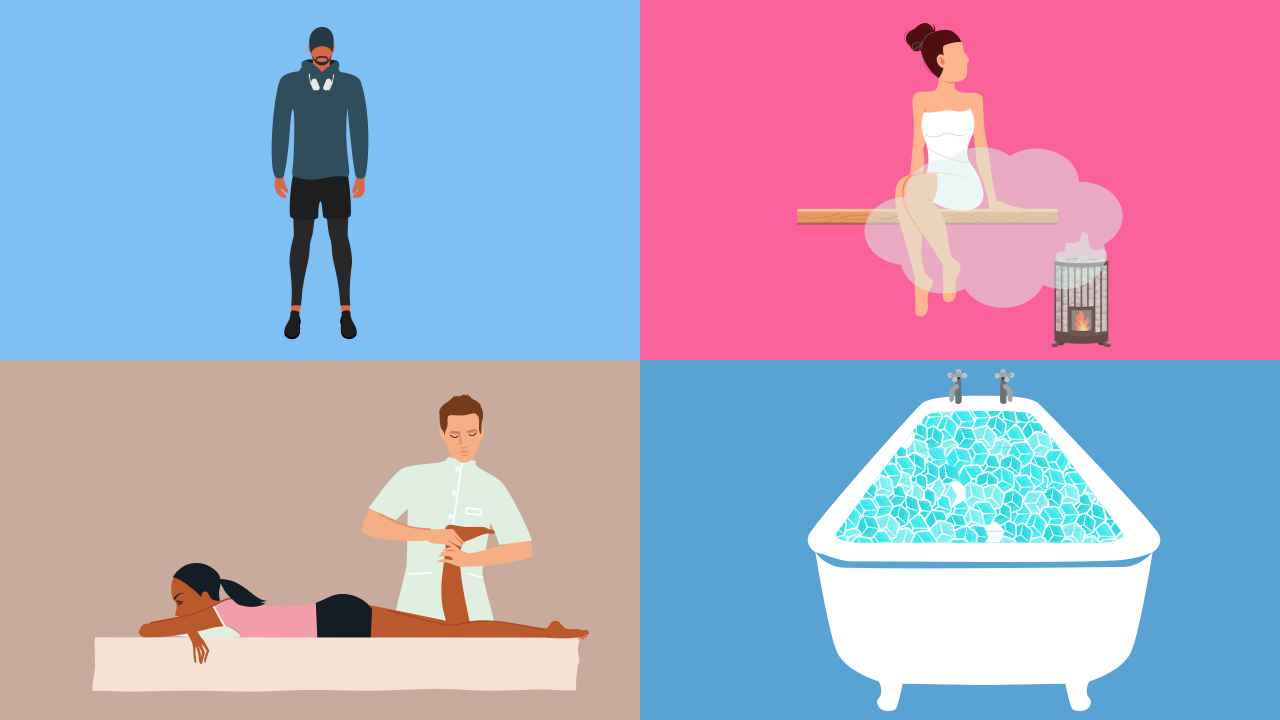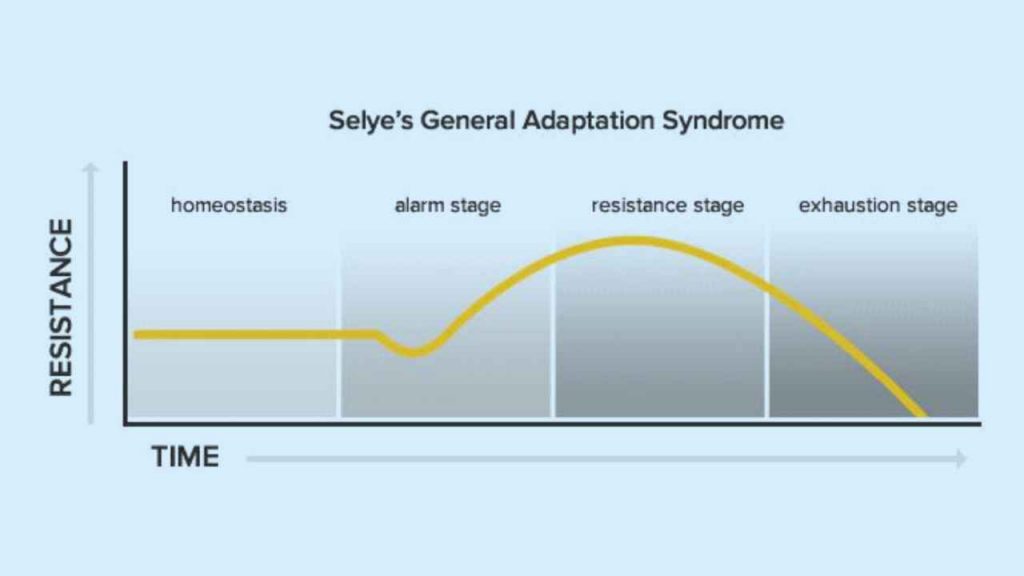
How Do Recovery Tools Help Runners?

The time that you are not dedicating to running is as important as what you spend on your training. Regardless of what your training goal is — endurance, speed, or better health — training makes up only half the equation. Hans Selye, in his General Adaptation Syndrome (GAS) paper, has stated that inadequate recovery will inevitably result in a state of exhaustion.
Every athlete is unique and would be able to adapt to training and progressively improve only if they allow their body enough recovery and rest. It is during the recovery period that the body repairs itself to come back stronger.
According to the GAS theory, if you give enough time for your body to recover, it will move from the alarm stage, where it experiences training stress, to the resistance stage. However, if recovery or rest is insufficient, the body will move to exhaustion and eventual breakdown.
Here is a graphical representation of Hans Selye’s GAS:

Adequate rest and proper nutrition are essential components of the recovery process. However, recent advances have provided an array of tools and techniques that are known to enhance recovery.
Different recovery techniques for runners
Here are a few recovery methods for runners. You may choose from these tools depending on what suits you the most in terms of accessibility, interest, and price.
1. Compression socks
A 2017 meta-analysis on compression garments and recovery from exercise has shown that compression socks can improve muscle recovery. In another trial, marathon runners were made to run to exhaustion on a treadmill 14 days after they had run a marathon. The group that wore compression socks for 48 hours following the race had better performance to exhaustion compared to the placebo group, where participants were exposed to a fake independent variable that had no effects.
Also read: How Do Compression Clothing Help Runners?
Compression socks apply pressure in a graduated manner starting at the ankles and moving up to the calves. This prevents blood pooling at the lower extremities and helps the blood flow upwards and back to the heart, thereby aiding circulation. It also helps remove the accumulation of lactic acid and reduce muscle fatigue. The pressure exerted on the muscles by compression socks ranges from light (10mmHg) to high (40mmHg). You may wear compression socks after your long runs or speed workouts to ease soreness and recover from such workouts.
2. Ice baths
Although there is anecdotal evidence from runners suggesting the benefits of ice baths on recovery, research is yet to confirm these claims. Ice therapy works by reducing tissue temperature and causing blood vessels to constrict, leading to decreased inflammation in the tissue. Ice cold temperatures can lower the pain experienced at any joint or tissue. Additionally, they reduce the perception of pain and blood markers of inflammation.
Coldwater immersion can be done in an ice bath or by taking a shower for 10-15 minutes following an intense workout. The temperature can range between 6°C and 10°C.
3. Massage
Fascia is a web of connective tissue that covers the entire body and provides cushioning and flexibility. While exercising, the fascia undergoes micro-trauma, which can result in it getting tight and forming knots at various body areas. Getting a massage helps the fascia be pliant and soft. This releases any muscle tension, improves the blood flow, and relaxes the nearby tissue.
You can get a massage from a qualified therapist at a spa or follow some self-massage techniques that can help decrease muscle tension.
Some tools for self-myofascial release include:
- Foam rollers: Self-myofascial release using foam rollers can target large muscle groups using your weight to provide pressure.
- Massage roller ball: This can be utilized for releasing targeted tension in a small localized area such as the glutes, back, or quads.
- Massage stick: You may use this on an area that is wider than that used for a roller ball. The pressure is manually applied and can be varied, depending on how much tension is to be released.
4. Sauna
Sauna bathing emerged in Finland more than a thousand years back as a mode of pleasure and relaxation. Evidence suggests that it has many health benefits. It aids in lowering blood pressure and easing conditions like arthritis, headache, and flu. These advantageous aspects are due to the dilation and reduced stiffening of arteries and a drop in blood pressure.
A study published in the Journal of Science and Medicine for Sport evaluated the effect of post-run sauna bathing on the endurance performance of competitive male runners. It found that the run time to exhaustion improved by 32% after runners used a sauna for three weeks post-workout. There is an added psychological advantage, wherein people feel better after a sauna. The reason for this is that bathing in a sauna involves a release of dopamine, a neurotransmitter known to cause euphoria, and beta-endorphin, a hormone that is a kind of pain-reliever.
Generally, sauna bathing is beneficial and safe for everyone. However, it may have contraindications for those with unstable heart-related diseases. The suggested duration for sauna bathing is anywhere between five to 20 minutes. It is advisable to do this about twice to thrice a week. Staying longer can cause dehydration due to its effect on sweat rates. If you decide to do sauna bathing, ensure you begin with five-minute durations and step out periodically to hydrate.
When training for distance running, the workouts can be quite exhausting, making recovery an important component. These recommended methods can help alleviate soreness and fatigue between exercises. While proper nutrition and hydration are primary for recovery, research suggests that these tools can prove quite useful.
References
1. Armstrong SA, Till ES, Maloney SR, et al. Compression socks and functional recovery following marathon running: a randomized controlled trial. J Strength Cond Res 2015; 29: 528-33.
2. Brown, F., Gissane, C., Howatson, G. et al. Compression Garments and Recovery from Exercise: A Meta-Analysis. Sports Med 2017; 47: 2245-67.
3. Scoon GS, Hopkins WG, Mayhew S, et al. Effect of post-exercise sauna bathing on the endurance performance of competitive male runners. J Sci Med Sport 2007; 10: 259-62.














